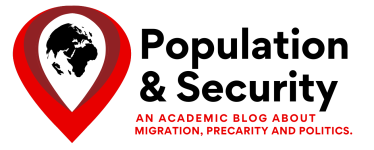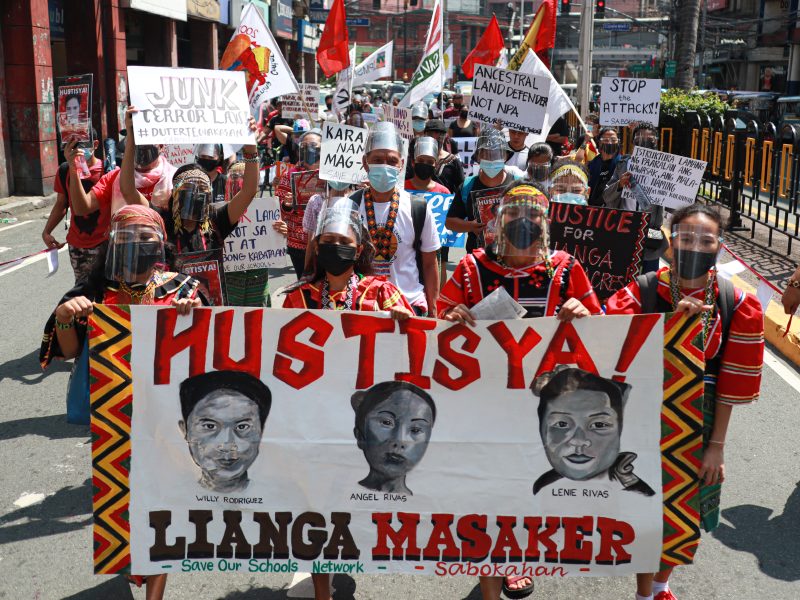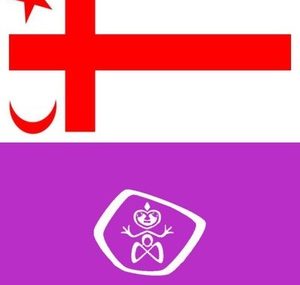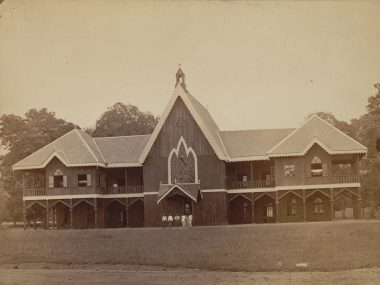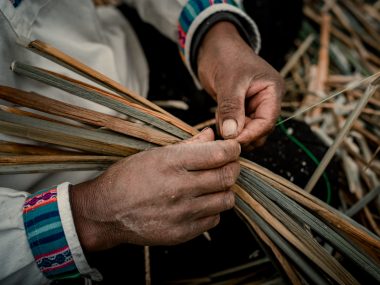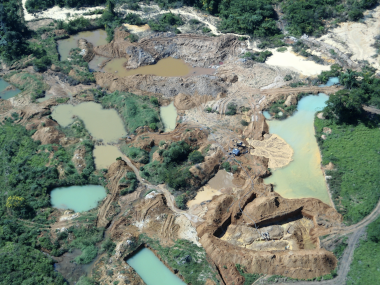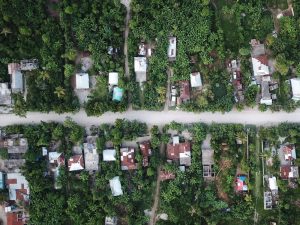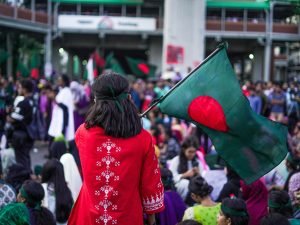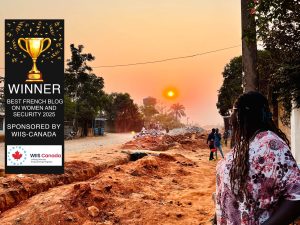On February 24, 2022, the Armed Forces of the Philippines killed a volunteer teacher of Indigenous Lumad children, Chad Booc, whom the Filipino government had accused of being a member of the armed wing of the Communist Party— New People’s Army (NPA). Shortly after his death, hashtags of #JusticeForChadBooc and #StopLumadKillings started to flood social media in the Philippines.
Unfortunately, this is nothing new. In 2020, the Save Our Schools Network recorded 1,030 attacks on Indigenous schools and staff members, resulting in the closing of 176 Lumad schools and leaving 5,579 students disenfranchised. Through social media campaigns, people are now becoming increasingly aware of the atrocities committed by Filipino state forces on Indigenous communities, sparking conversations about the enduring struggles of the Lumad, who perceive these events as attacks against their very community.
Colonization of Mindanao
The Lumad is a collective term for several predominantly non-Christian and non-Muslim indigenous groups who identify as the original inhabitants of the island of Mindanao in the Philippines. Similar to other Indigenous communities worldwide, such as Canada’s First Nations, Métis, and Inuit peoples, the Lumad suffer disproportionately in terms of access to health care, education, and human rights. They are also more likely to experience poverty. This is partly attributed to their shared colonial experiences.
Studies have shown that the resettlement programs which took place during the American colonial period (1899 – 1946) have allowed for the colonization of Mindanao’s people and economy, resulting in the systematic appropriation of Indigenous land and resources. When the Philippines gained its independence from the United States in 1946, predominantly Christian migrants from Luzon and Visayas moved in, taking over the various colonial businesses including logging, agricultural plantations, and mining companies.
The resulting political and economic context led to increased violence by paramilitary and military groups against the island’s original inhabitants, including the Lumad. One of the primary targets were bakwit (evacuees) schools—institutions that serve both as a sanctuary for those fleeing conflict and as a place where they learn to protect their cultural and land rights.
Is Communism to Blame for the Violence?
Mindanao being a NPA stronghold, the Filipino government was quick to suggest that the Lumads were therefore members or at the very least sympathizers of the Communist Party. These allegations have in turn allowed the government to portray those who resist natural resource extraction as communists, and they used it as a reason to militarize and securitize Mindanao.
The Nexus of State-Military-Business and Their Role in Attacks and Displacement
But for the Lumad, the answer lies elsewhere. The Indigenous group has long proclaimed that the main driving force behind the attacks is the growing military and economic presence in Mindanao to exploit the large mineral reserves found on the Lumad’s ancestral lands. In this optic, violent attacks are best understood as efforts to suppress Lumad’s environmental and cultural resistance, clearing the way for businesses.
Such a claim is not without basis. For example, the Department of Energy has open bids for coal mine developments in Andap Valley where a bakwit school is located. At the same time, intense military presence in the area forced the evacuation of 204 families due to human rights violations committed by the Philippine army.
Parallel to the intensified red-tagging of Lumad activists as rebels, ex-president Rodrigo Duterte also called for foreign investors to develop industrial projects on ancestral territories. To facilitate this, the government deployed 65 battalions of the Armed Forces of the Philippines to Mindanao in an effort to “secure the investments of foreign national corporations.”
Consequently, Lumad communities have experienced regular internal displacements, usually to the closest safe place, such as bakwit schools, municipal centers, and other civic structures. They tend to return home shortly after, within a few days or weeks. These repeated displacements have had negative impacts on the Lumad’s livelihood and income. This is, in part, the result of military-imposed restrictions on farmland access due to the presence of landmines in the area, and of the numerous rumours that the military steals and damages property and crops while people are away.
This situation goes against the 1997 Indigenous Peoples Rights Act (IPRA), which “guarantees the rights of Indigenous People to ancestral domain and land, including the right to be protected from involuntary displacement.” It also puts the Philippines’ commitment to the United Nations Declaration on the Rights of Indigenous People (UNDRIP) in question.
Not an Isolated Case
Indigenous struggles over land and economic interests that often result in displacement is not an unfamiliar concept in Canada. Large-scale resource development has a long and ongoing history, notably in Labrador. Perhaps the most controversial is the Muskrat Falls Project, located on culturally important land belonging to the Innu and Inuit peoples of the Labrador-Quebec peninsula. The project also contradicts UNDRIP’s standards as the Innu are given little to no choice but to give up their land.
Just like the Lumad in the Philippines, Indigenous communities in Labrador have been at the forefront of resistance against the project. They have held protests and hunger strikes, which have resulted in a number of arrests, notably in 2016, when a protest at the site resulted in five Innu being dragged away and charged by the police.
The environmental, health, and social consequences of Muskrat Falls, especially the long-term threat of methylmercury poisoning and catastrophic flooding (which would have a significant negative impact on forests and marine life) therefore endanger Indigenous communities’ way of life, violate treaty rights, and could even force them to relocate.
What can be Done?
Both cases in Mindanao and Labrador reveal injustices against Indigenous communities, mostly perpetrated by governments and economic entities. Moving forward, addressing the displacement of Indigenous Peoples requires a shift in consciousness that recognizes the legitimacy of Indigenous laws, traditions, and rights. Indigenous Peoples should also be included in discussions determining the use of natural resources in their land for economic prosperity.
In addition, governments must exert more effort in addressing the multi-layered problems of internal displacement by designing and implementing effective policies that address and uphold the needs and rights of Indigenous Peoples. Finally, it should also be ensured that Indigenous people are informed and encouraged to exercise their rights under laws and human rights instruments in place such as UNDRIP.
